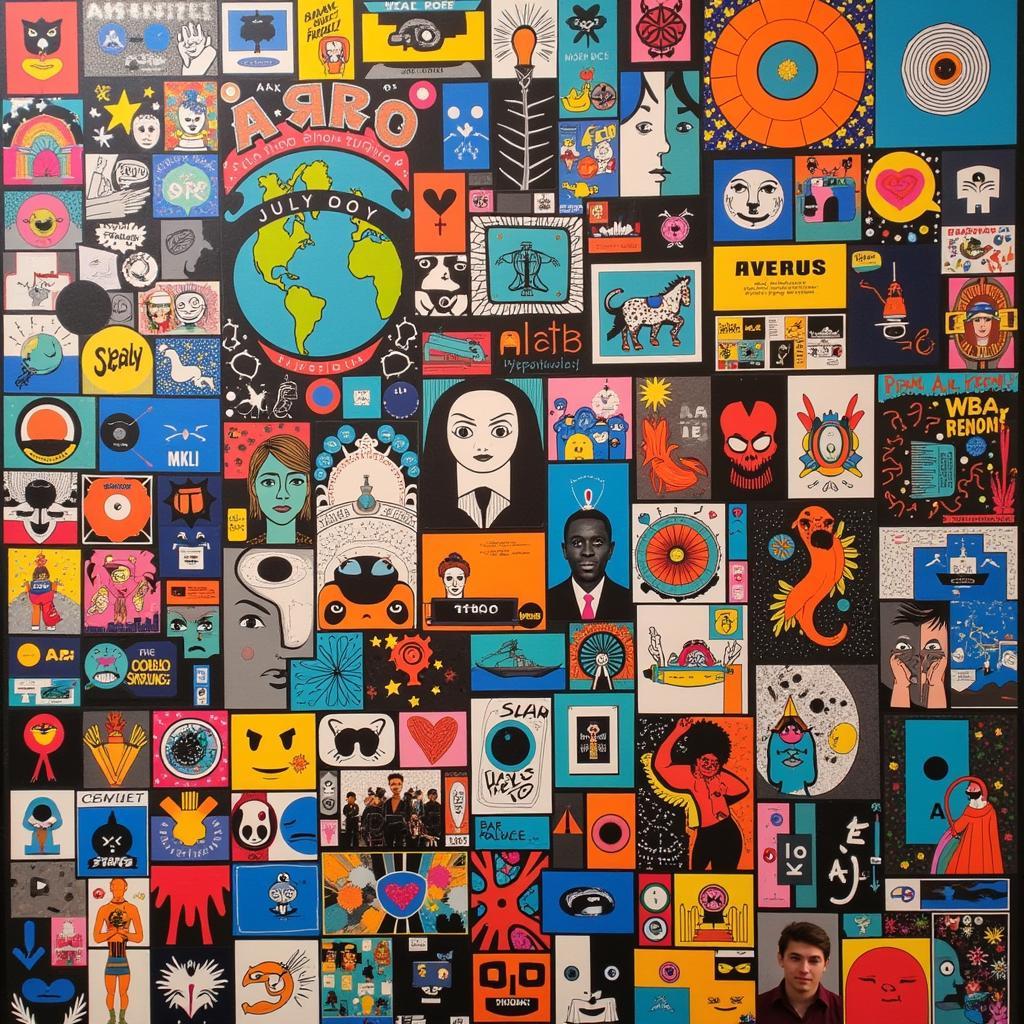The intersection of arts, technology, and society holds a profound potential to foster peace and understanding across cultures. In a world increasingly interconnected through digital platforms, the “Society For Arts And Technology” emerges as a powerful concept that transcends geographical boundaries and unites people through shared experiences and creative expression.
 Arts and technology fostering cultural exchange
Arts and technology fostering cultural exchange
Art, in its myriad forms, has always served as a universal language, capable of communicating emotions, stories, and perspectives that transcend words. Technology, with its ever-evolving capabilities, amplifies the reach and impact of art, allowing it to transcend geographical limitations and connect with a global audience. This potent combination creates a fertile ground for fostering empathy, encouraging dialogue, and nurturing a sense of shared humanity.
The Transformative Power of Digital Platforms
Digital platforms have democratized access to art and culture, breaking down traditional barriers and connecting artists and audiences from all walks of life. Online galleries, virtual museums, and interactive art installations offer immersive experiences that engage the senses and spark curiosity about different cultures. Through these platforms, individuals can explore the rich tapestry of human creativity, gaining a deeper appreciation for the diversity of perspectives and experiences that shape our world.
Amplifying Voices for Peace Through Technology
Technology empowers individuals and communities to become active participants in peacebuilding efforts. Social media platforms, for instance, provide a powerful tool for raising awareness about social justice issues, mobilizing support for marginalized communities, and advocating for peaceful solutions to conflict. By harnessing the power of technology, individuals can amplify their voices, connect with like-minded individuals, and contribute to a more just and peaceful world.
Cultivating Empathy Through Shared Experiences
Arts and technology, when combined thoughtfully, have the power to foster empathy and understanding by creating shared experiences that resonate with people from diverse backgrounds. Interactive art installations, for instance, can transport individuals to different environments, allowing them to experience the world through the eyes of others. Similarly, virtual reality experiences can create powerful simulations of real-world scenarios, fostering empathy and challenging preconceived notions.
The Future of Arts, Technology, and Peacebuilding
As technology continues to evolve at an unprecedented pace, the potential for arts and technology to contribute to peacebuilding efforts is boundless. Artificial intelligence, for instance, can be used to create art that challenges biases and promotes inclusivity. Similarly, augmented reality can be used to develop interactive experiences that bridge cultural divides and foster understanding. By embracing innovation and collaboration, we can harness the transformative power of arts and technology to create a more peaceful and interconnected world.
Conclusion
The society for arts and technology stands at the forefront of a global movement towards greater understanding, empathy, and peace. By embracing the power of creative expression and technological innovation, we can bridge cultural divides, amplify voices for peace, and inspire a new generation of peacebuilders.